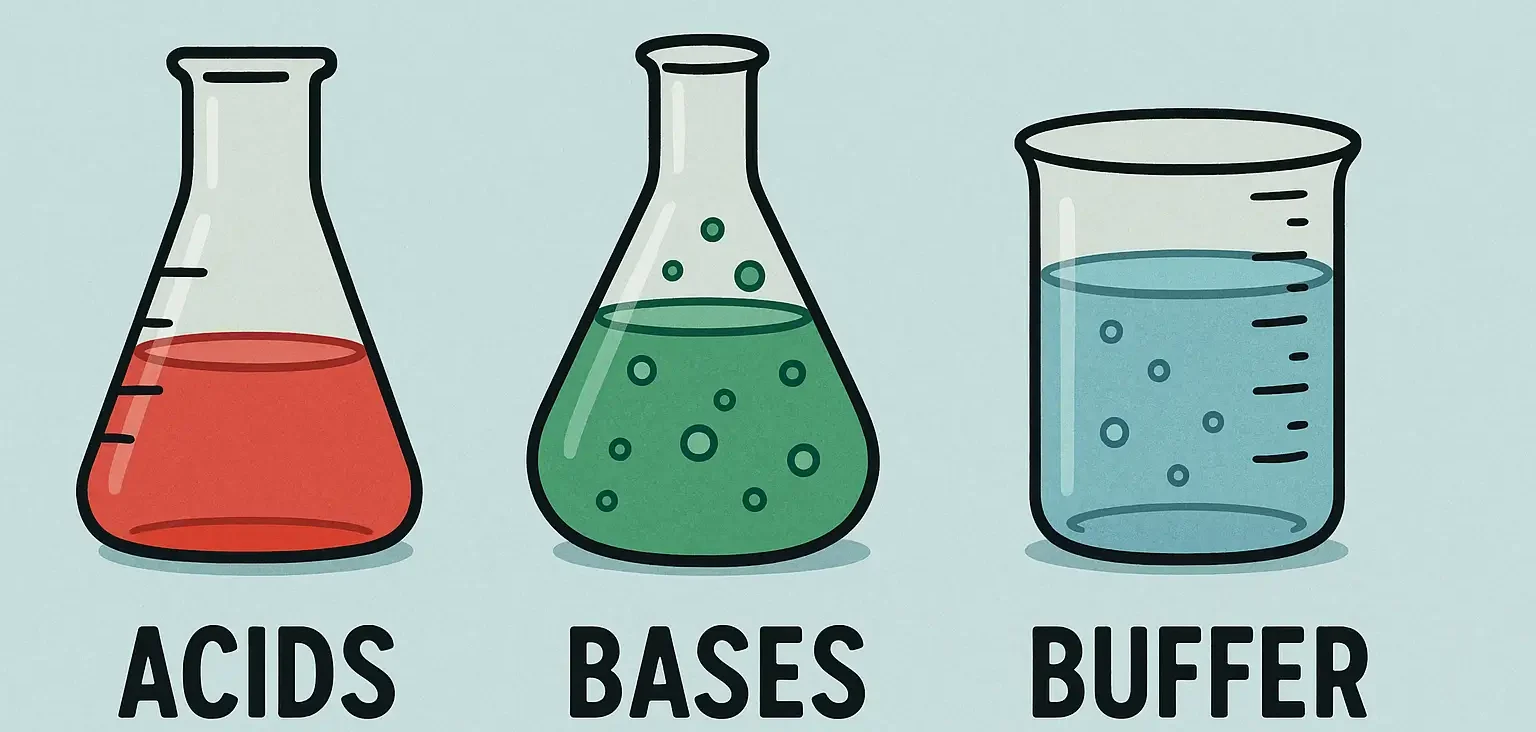Calculations of Isotonicity
For calculations of Isotonicity in a solution (matching the osmotic pressure of physiological fluids like blood or tears, ~290 mOsmol/kg), you need to calculate and adjust the solution’s osmolarity using an isotonicity-adjusting substance. Steps for Calculations of Isotonicity: 1) Determine the Osmolarity of the Test Solution: Calculate the molar concentration of each solute and consider how … Read more




